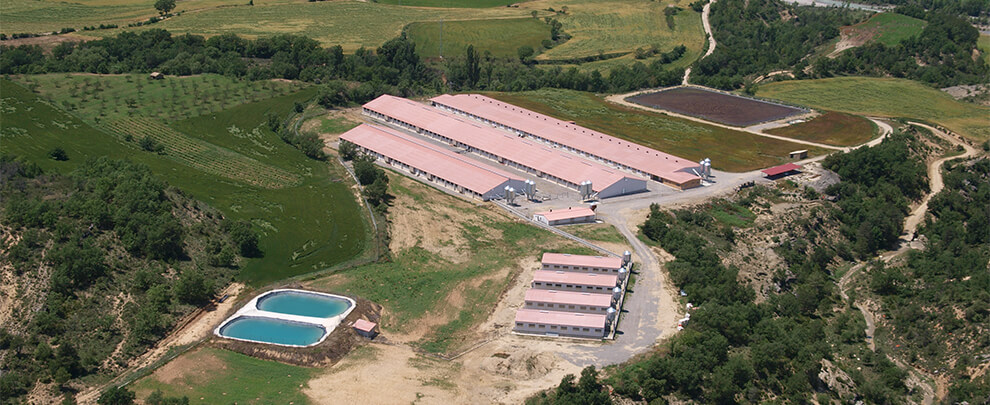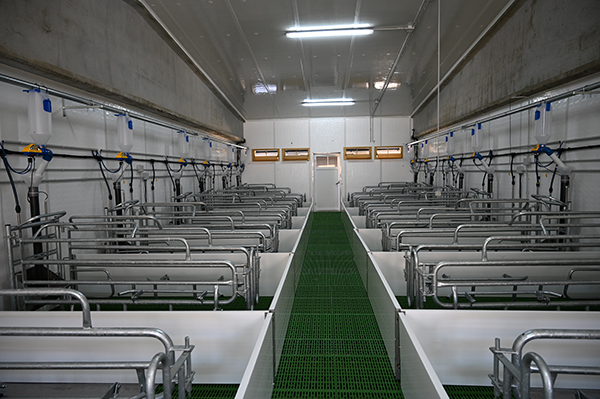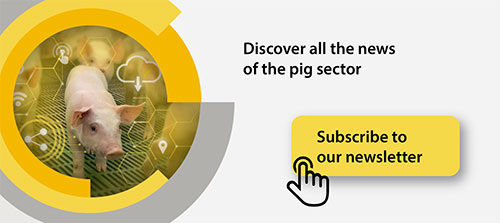Blog
Blog

How to adapt a pig farm to remain profitable
21st November 2025 - News
The swine sector is undergoing a profound transformation. Regulatory and environmental changes are forcing producers to rethink their production model and move away from structures that, although they met industry standards a few years ago, now need to adapt to new demands for sustainability, animal welfare, and cost control. In this context, many producers are asking how much it costs to modernize a pig farm and which investments can truly be profitable to ensure continuity and competitiveness.
Modernizing to stay competitive
For decades, the competitiveness of the swine industry has been closely linked to technical efficiency and professionalization. However, the future requires going a step further: more sustainable, automated, and secure facilities. Modernization involves upgrading infrastructure, improving management, and implementing technological solutions that reduce consumption and increase efficiency. In this sense, every investment in automatic ventilation, environmental control, or smart feeding systems translates into energy savings, better feed conversion, and lower emissions.
There is also a key regulatory component. Increasingly, territories are establishing stricter requirements related to biosecurity, manure management, and emissions. In many cases, limited urban planning or administrative flexibility complicates the renovation of facilities, but adapting to these requirements is essential to ensure the continuity of farms.
Factors that determine investment
The cost of a pig farm depends on multiple factors: capacity, production cycle, level of automation, and more. There is no single figure, although there are indicative investment ranges. In this regard, the investment required to modernize a pig farm varies depending on the production type. Fattening and weaning units generally require simpler infrastructures than farrow-to-finish farms, although this does not necessarily mean a lower investment, as the final cost depends on automation level, capacity, equipment, biosecurity requirements, and the degree of technology to be implemented. Meanwhile, farrow-to-finish farms—combining farrowing, weaning, and finishing—integrate more production phases and therefore require more diverse facilities and more comprehensive management systems, which can increase technical and construction complexity.
Modernization typically focuses on aspects such as improving infrastructure, renewing equipment, updating management systems, and implementing new technologies. To these investments we must add regular operating costs, where feed continues to represent the highest expense. For this reason, optimizing feeding through precision-feeding systems becomes a key strategy to reduce waste, improve feed conversion, and reinforce the profitability of the farm.

Equipment is one of the most important aspects when modernizing pig farms. Photo: Rotecna.
Technology and data to boost profitability
Modernization goes beyond physical infrastructure. Data-driven management has become a strategic tool for pig farms. Digitalized farms collect and analyze information on consumption, temperature, humidity, or animal weight. With this data, producers can detect deviations, anticipate issues, and make more informed decisions.
Sensors, remote-control systems, and digital platforms enable continuous monitoring of environmental conditions and animal behavior. They also support compliance with audits and traceability programs required by sustainability certifications. In this way, automation also contributes to improving energy efficiency.
Biosecurity and sustainability as pillars of the future
In the face of sanitary threats, biosecurity has become a top-priority investment. Controlled-access circuits, sanitary locks, and automated cleaning systems minimize the risk of outbreaks and production losses. Every preventive measure is a direct contribution to farm profitability.
Sustainability, meanwhile, has evolved from an added value to a requirement. Proper manure management, by-product valorization, and the use of renewable energy reduce costs and improve the sector’s social acceptance.
A new approach to investment
Building or upgrading a pig farm requires significant investment, but it is essential to securing the future of the business. The most competitive facilities are those that allocate their budgets to energy efficiency, automation, animal-welfare control, and sustainability. These strategies make it possible to comply with new regulatory requirements and meet the expectations of a market increasingly focused on traceability and environmental impact.








